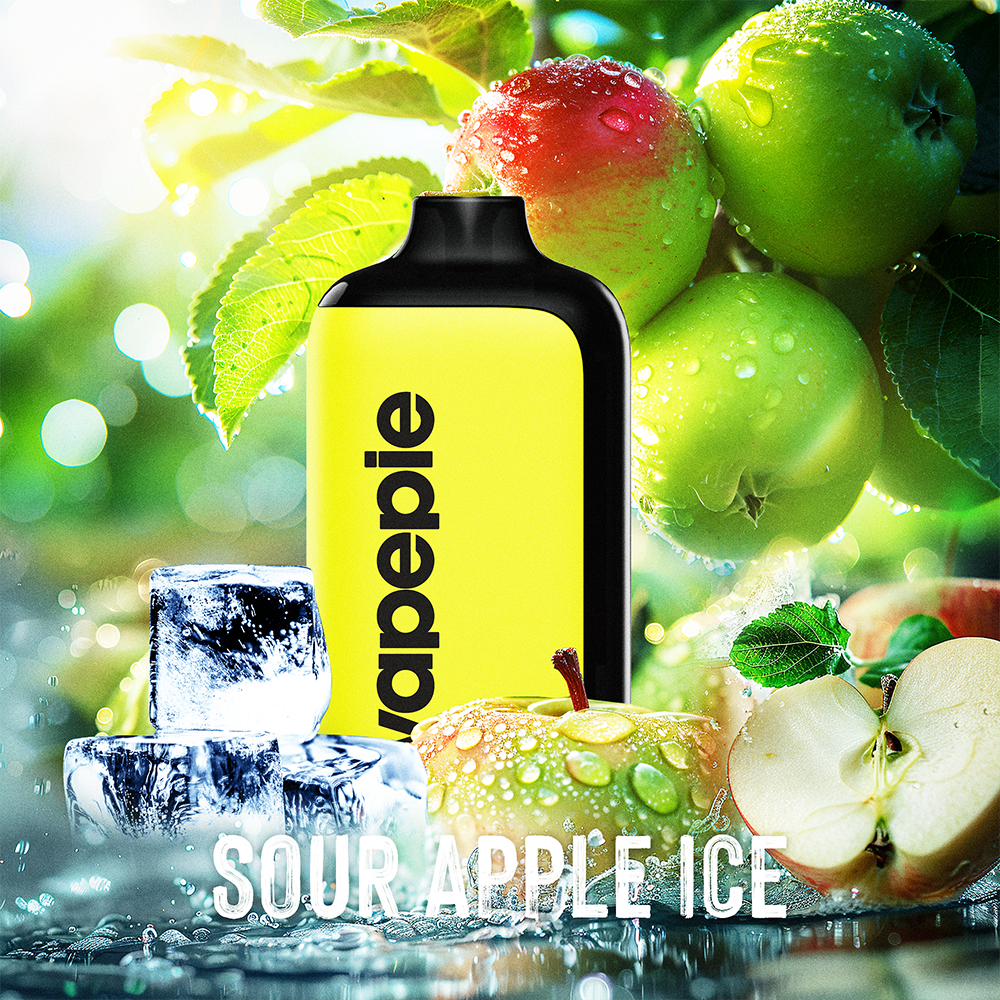
ARE YOU OF LEGAL VAPE AGE?
Please confirm that you are of legal age to purchase vaping products to access our site.

Please confirm that you are of legal age to purchase vaping products to access our site.
Some items are no longer available. Your cart has been updated.
This discount code cannot be used in conjunction with other promotional or discounted offer.
1.Introduction
2.Understanding the Brand Essence in a Regulated Environment
3.Compliance Boundaries: What Cannot Be Done
4.Viable Paths for Brand Building
4.1 Product as the Brand
4.2 Compliance as the Brand
4.3 Users as the Brand
4.4 Design as the Brand
4.5 Content as the Brand
4.6 Scenarios as the Brand
5.Recommended Actionable Steps
6.Conclusion
In an era of tightening global regulations—marked by advertising bans, flavor restrictions, and heightened compliance demands—Vape companies face a unique challenge: how to build a recognizable brand in an environment where traditional marketing is off-limits. This article explores strategic approaches and practical actions that enable Vape brands like VAPEPIE to thrive by focusing on responsibility, compliance, and user trust. By embracing non-traditional brand-building methods, companies can create a lasting presence in the minds of consumers and rise above the competition.

Traditional consumer brands rely on exposure, distribution channels, and widespread advertising to gain recognition. However, for Vape brands, the regulatory landscape demands a fundamental shift. Restrictions on advertising, packaging, and promotions mean that brand building must prioritize:
In this "no-speak" environment, branding returns to its core essence: fostering user recognition and trust rather than relying on visibility alone.
Vape brands must navigate a complex set of regulations, which typically include:
These constraints make traditional marketing approaches not only ineffective but also legally risky. Instead, brands must adopt non-marketing brand penetration, where recognition stems from users perceiving the brand as serious, credible, and trustworthy—without the need for loud promotion.
To establish a recognizable brand in this restrictive environment, Vape companies can leverage six core dimensions:
4.1 Product as the Brand
When advertising is limited, the product itself becomes the primary vehicle for brand recognition:
4.2 Compliance as the Brand
Compliance is not just a requirement—it’s a competitive advantage. Brands can use it to enhance trust by:
4.3 Users as the Brand
Engaging users as brand ambassadors can amplify recognition organically:
4.4 Design as the Brand
Design can communicate brand identity silently but effectively:
4.5 Content as the Brand
Educational and thought-leadership content can position the brand as an industry leader:
4.6 Scenarios as the Brand
Cross-industry partnerships and experiential opportunities can create meaningful brand associations:
To bring these strategies to life, Vape companies can implement the following practical actions:
In an era where traditional advertising is curtailed, the most powerful brand-building strategy for Vape companies is to become a trusted presence in users’ lives. By delivering exceptional products, upholding rigorous compliance, providing steadfast service, and articulating a deep-rooted philosophy, brands can forge lasting connections. Non-marketing brand building is about crafting a personality, emotional value, and cultural belonging in silence. The less a brand can speak, the more it must inspire users to speak on its behalf. This is the true battleground for the future of global Vape brands.

Comment